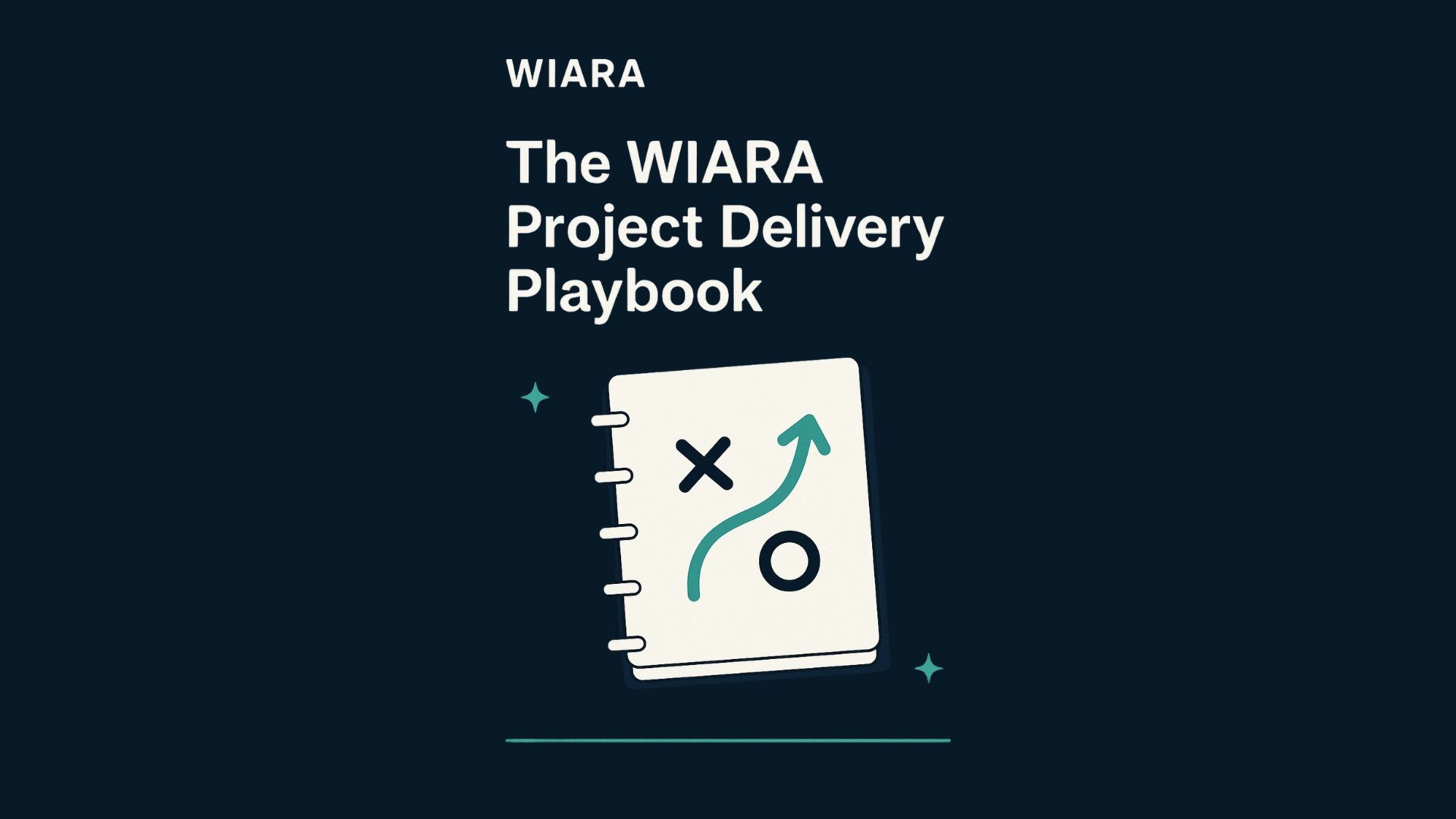
Great products don’t just get built—they’re carefully managed and cared for into existence. At WIARA, we realise that successful software delivery isn’t achieved by crossing our fingers and hoping that everything will turn out all right. After managing a project or two, we were quick to realise that it has a lot to do with having a clear structure that supports the people doing the work, and the vision behind it.
We’ve designed a delivery framework that blends structure with flexibility, clarity with collaboration, and speed with sustainability. It’s built in a way that ensures our teams move fast, but always remain connected with purpose.
This playbook is for company founders, CTOs, Heads of Product, and client-side PMs evaluating potential development partners. It’s also a resource for strategic collaborators and future hires who want to understand what working with WIARA actually feels like.
Let’s say you’re looking for a development partner to collaborate with on an important project. Wouldn’t you like to work with someone who treats process as a product advantage?—This guide could give a good outline of how we like to get things done.
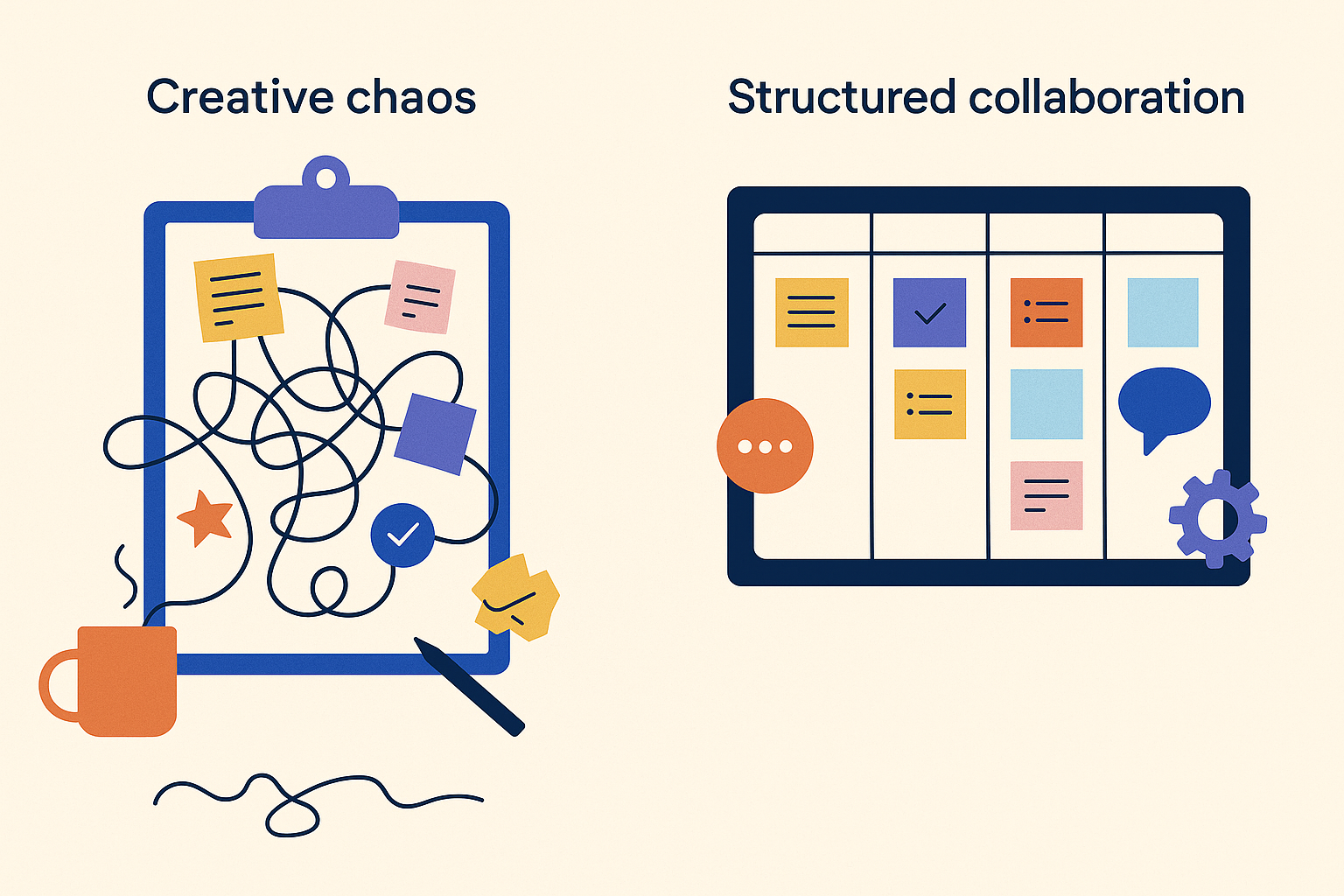
“We don’t just write code. We manage outcomes”.
Every project we take on is guided by intention. From the first onboarding call to the final handoff (and beyond), it isn’t a simple building process—we’re aligning, planning, adapting, and delivering with care. This post breaks down how we approach delivery in the real world. And you can think of this playbook as your seat at the table: a transparent look at how we structure, support, and scale digital product development so it feels less like a risk, and more like a partnership.
At WIARA, we treat processes like a product. That means our methodology is thoughtful, iterative, and adaptive—built to reduce risk while maximizing clarity, value, and partnership.
One of the clearest demonstrations of this approach happens before a single line of code is written: during our negotiation and onboarding phase. Here’s how Agile principles are embedded in how we begin every client relationship:
Example in Practice: Let’s say a client’s go-to-market plan shifts mid-sprint. Because we’ve built in revision cycles, keep scope adaptive, and maintain transparent channels, we can pivot quickly. We re-prioritize work without creating churn. That’s the benefit of a process built for change.
“Agility is the ability to adapt and respond to change… agile organizations view change as an opportunity, not a threat.”
— Jim Highsmith, Co-author of the Agile Manifesto and creator of Adaptive Software Development
By treating the process as a strategic asset (not an operational burden) we make sure you’re never just watching the work. You’re actively involved in shaping it.
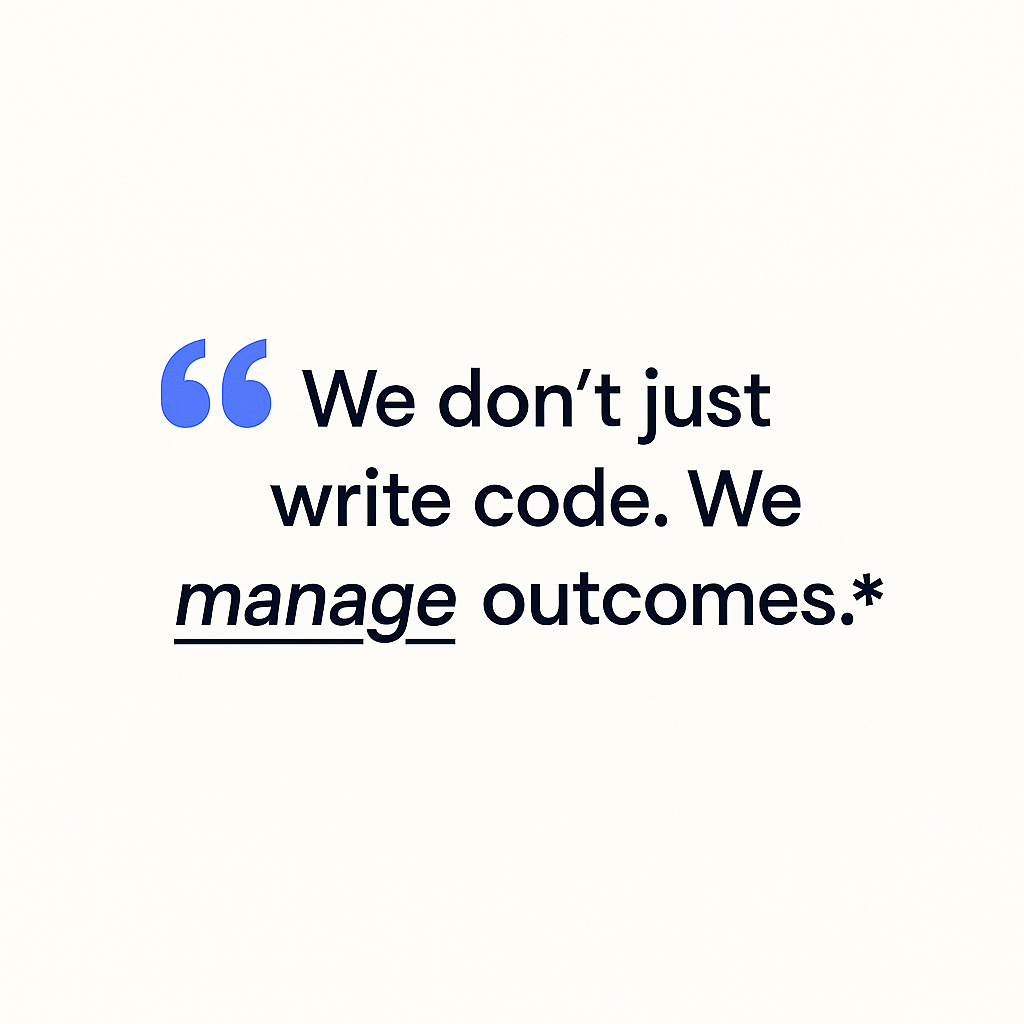
We start by understanding your:
We break down hours and cost across:
We organize estimates by feature group or module and align early on:
The scope doc defines:
Output: A signed proposal or Statement of Work (SoW) that includes:
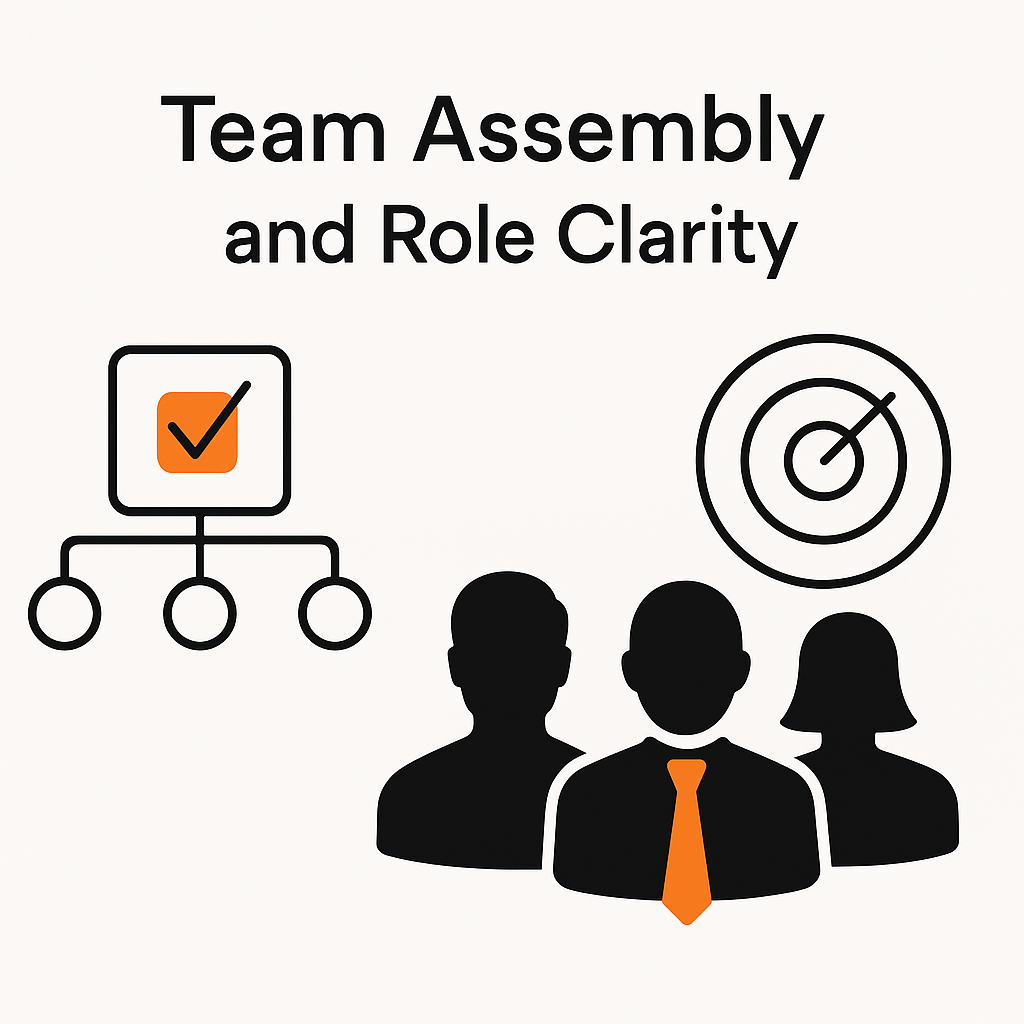
Every team is assembled based on:
Your team may include:
Everyone knows their role from day one, including:
If your team includes a PM or product owner, we work in a co-pilot model:
We define:

We keep communication visible, efficient, and async-friendly.
Channels and Practices:
Our philosophy: make collaboration fluid, transparent, and low-friction.
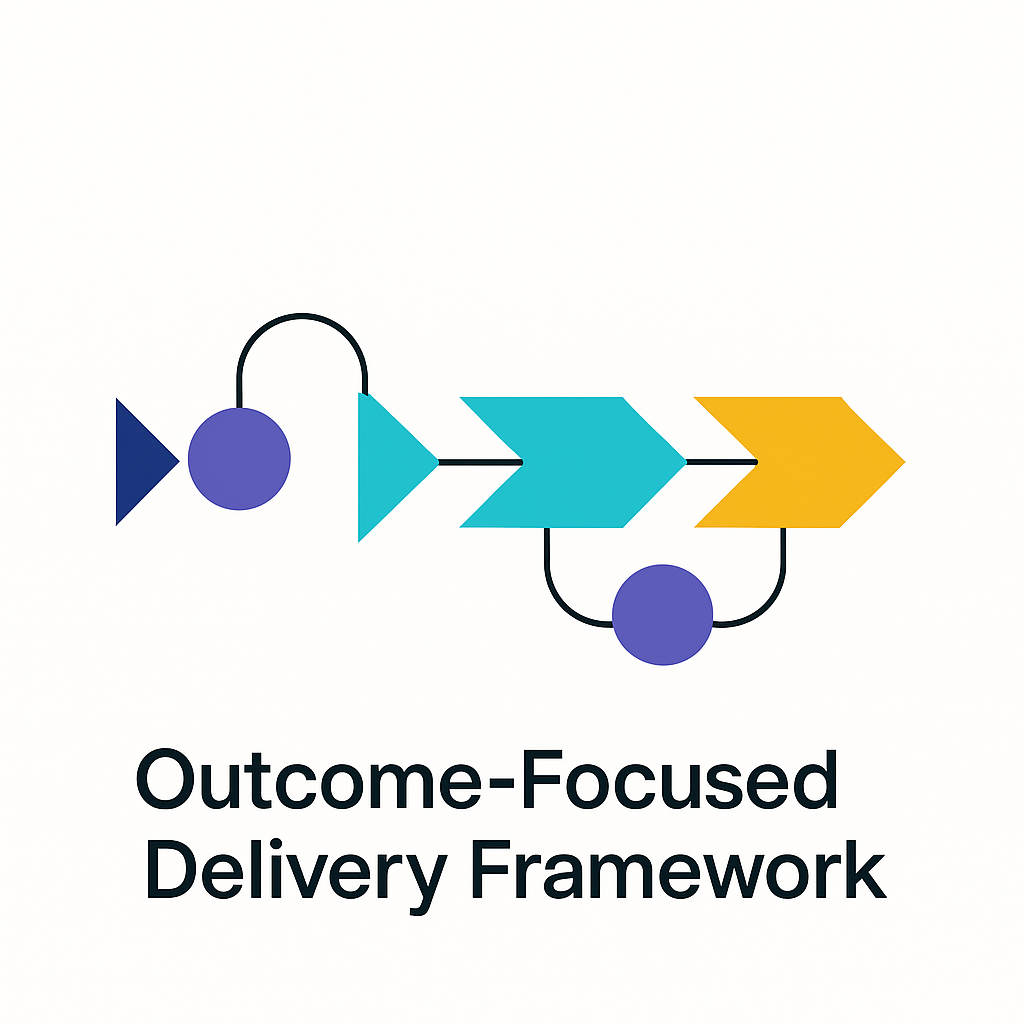
We apply agile principles with pragmatic flexibility. Our aim: short cycles, fast feedback, and space to adapt.
Our delivery framework is structured around five flexible yet consistent stages. These stages ensure that every team—regardless of scope or complexity—shares a common rhythm from kickoff to iteration.
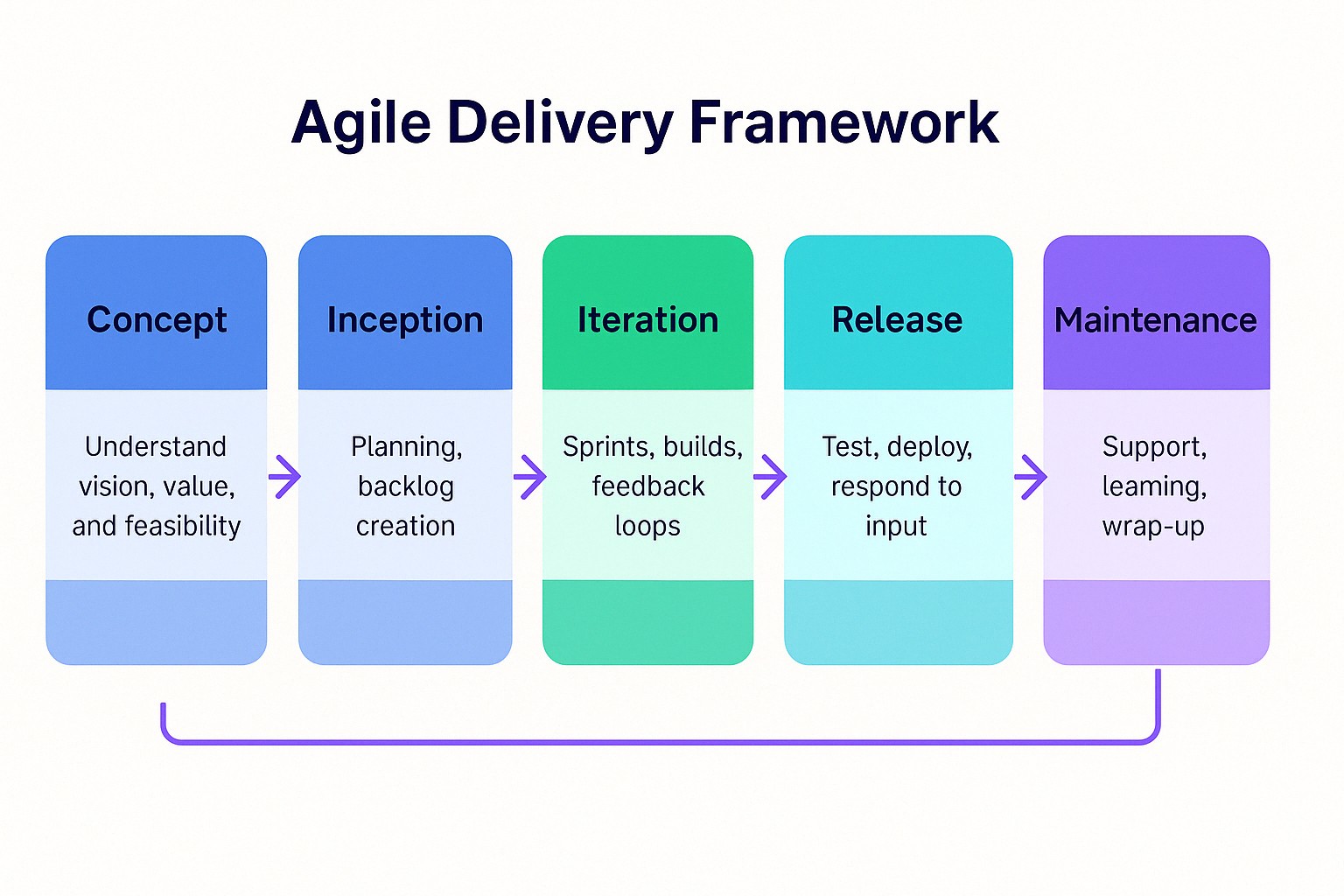
We close every sprint with a retro. The goal isn’t blame—it’s system-level improvement. What worked? What didn’t? How do we improve for the next round?
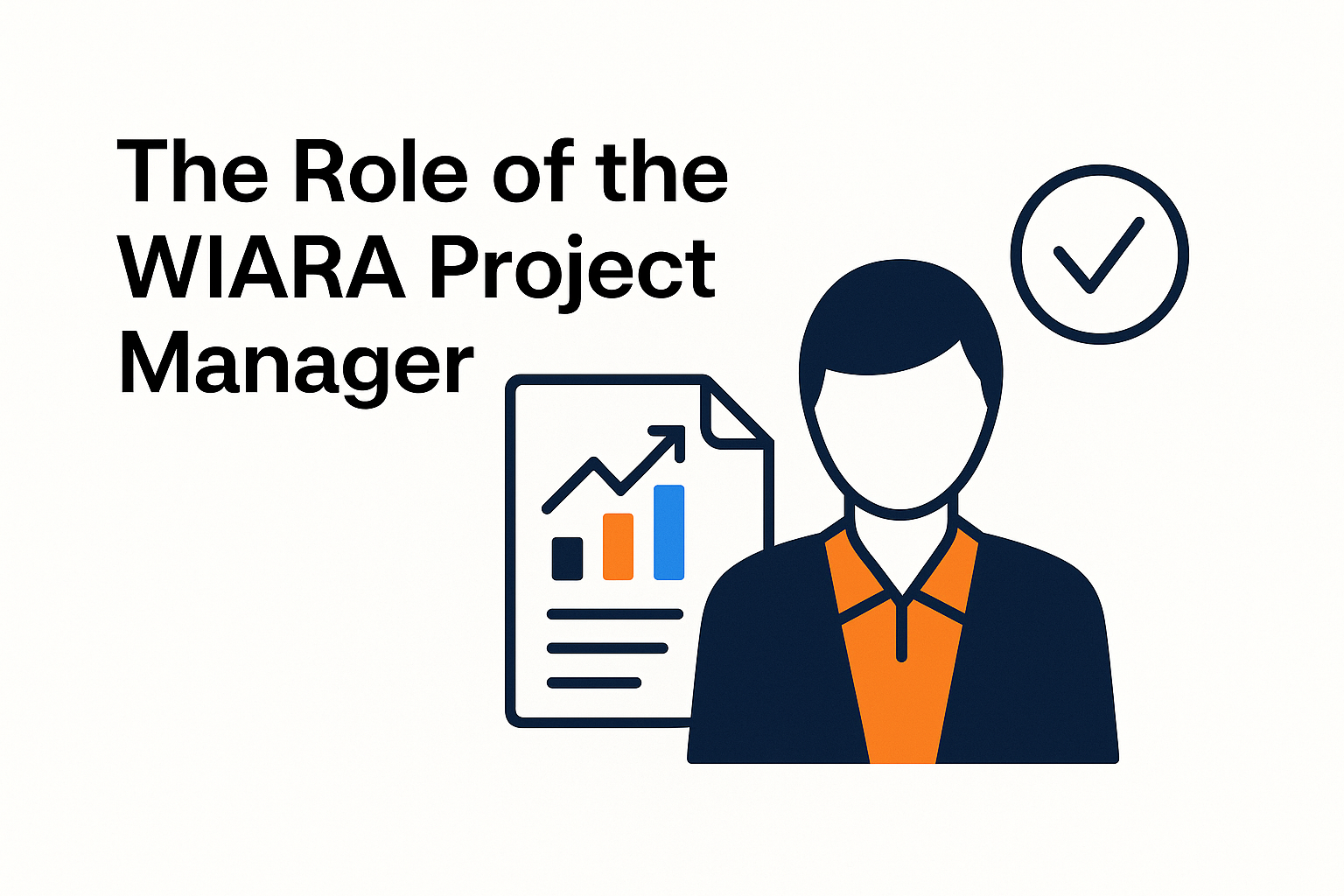
WIARA PMs are more than task managers. They’re delivery strategists.
Responsibilities:
Key Differentiator: Our PMs think in user value, not just Jira tickets.
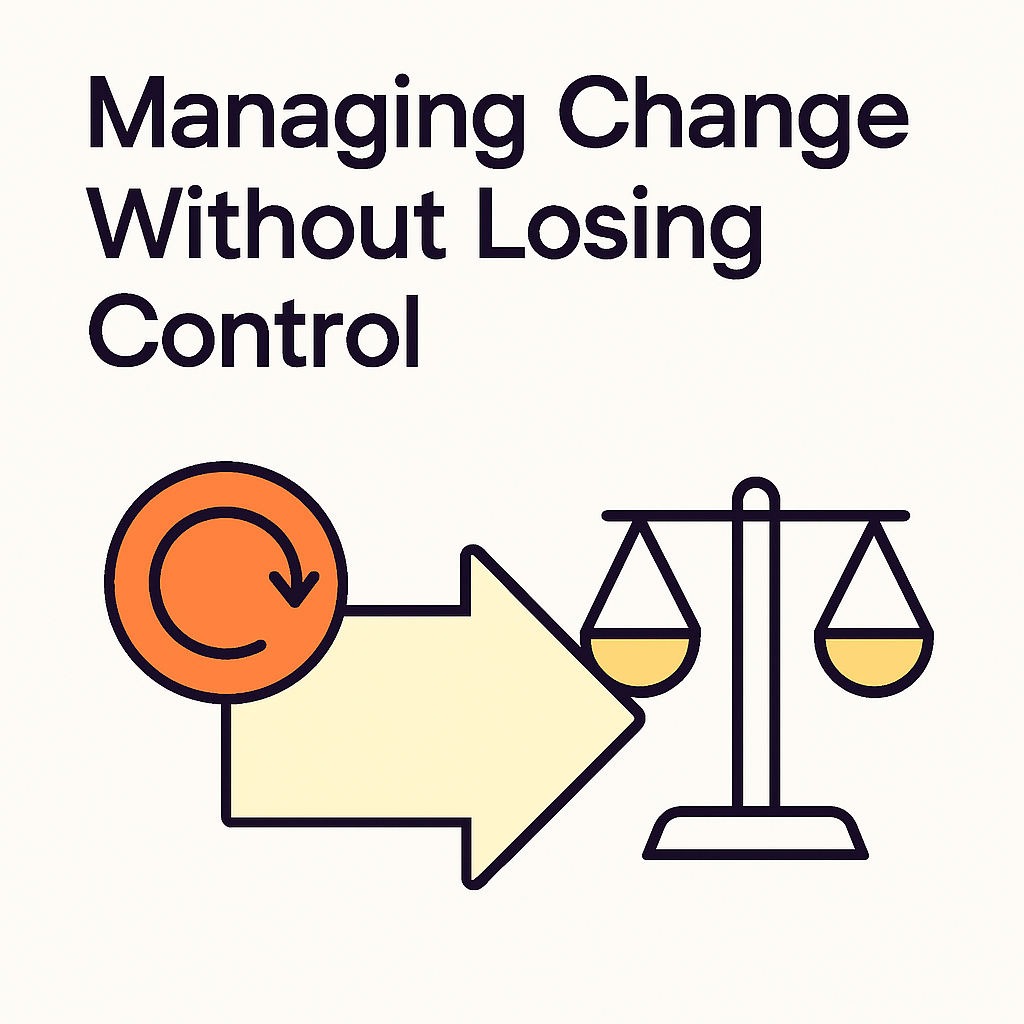
Changes are expected. Our process is designed to handle them without derailing momentum.
Change management includes:
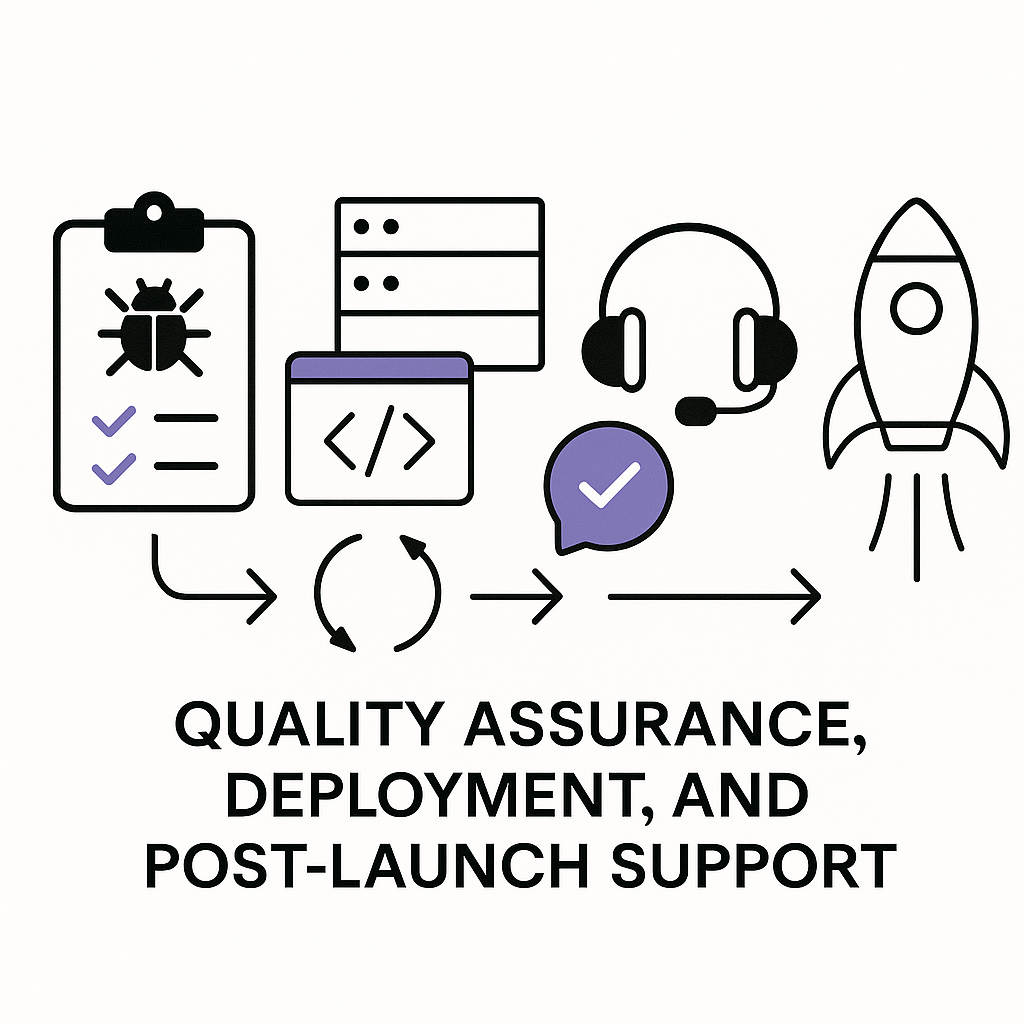
This isn’t theory—it’s our real, repeatable process.
What people remember most about a project isn’t every detail—it’s the emotional highs and how things wrapped up in the end. This is the essence of the peak-end rule, a concept from behavioral psychology that reminds us our strongest memories are shaped by a project’s standout moments and its conclusion.
That’s why at WIARA, we intentionally design both:
We know that how a project ends can influence everything before it is remembered. So we make that last impression a meaningful one.
Let’s talk about what we can build together:
Let’s scope your next build together
Further Thinking

Avoiding the Trap of Over-Detailing User Stories

Remote Project Management Best Practices: Real-Life Tips for Global Teams
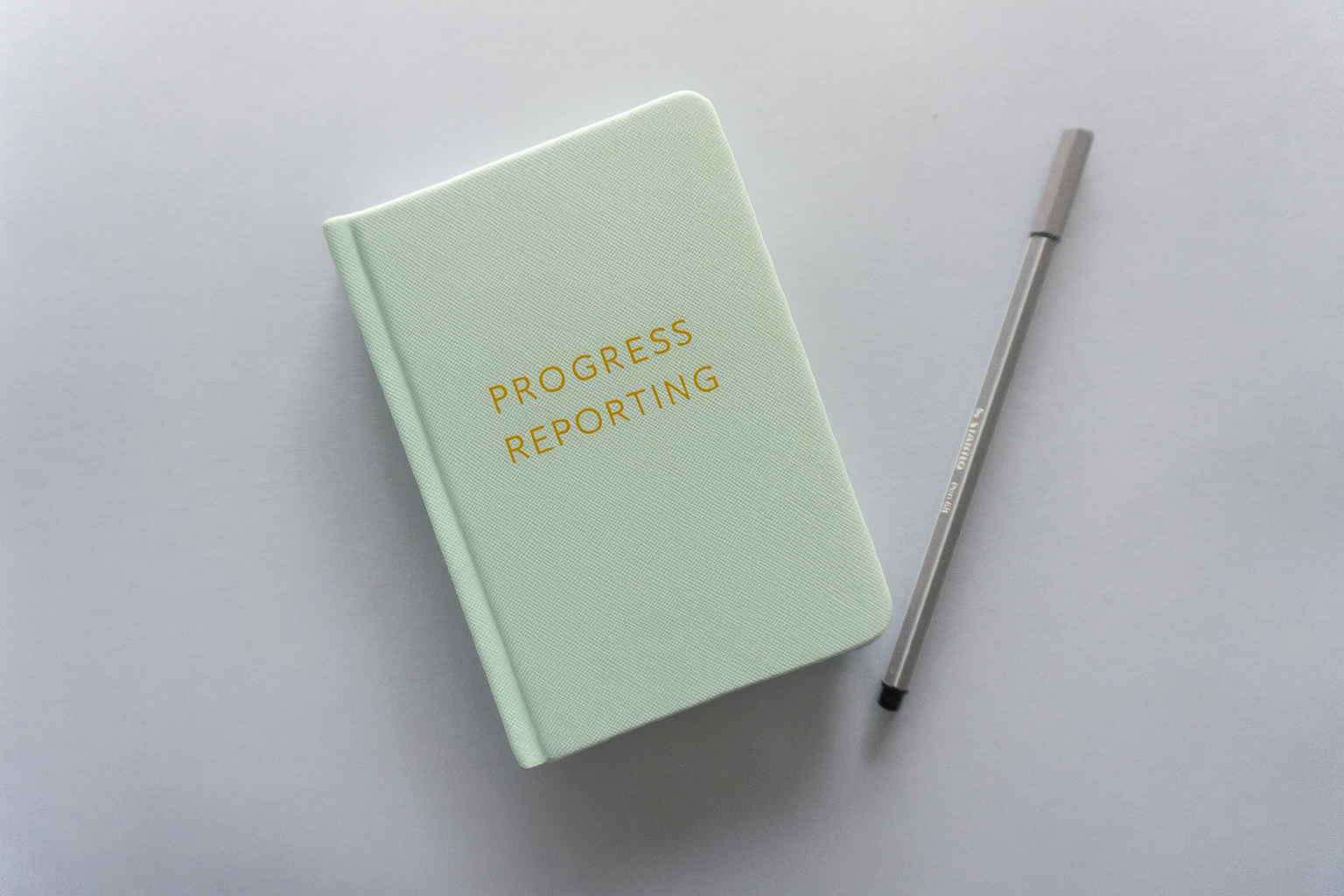
Progress Reporting Best Practices: Momentum, Blockers, and Decisions Explained

How to Prioritize Features Without Fighting About It - Part 1

What’s in a Sprint? How We Plan, Execute, and Improve Every 2 Weeks

The True Purpose of Daily Standups (And How to Make Them Work)
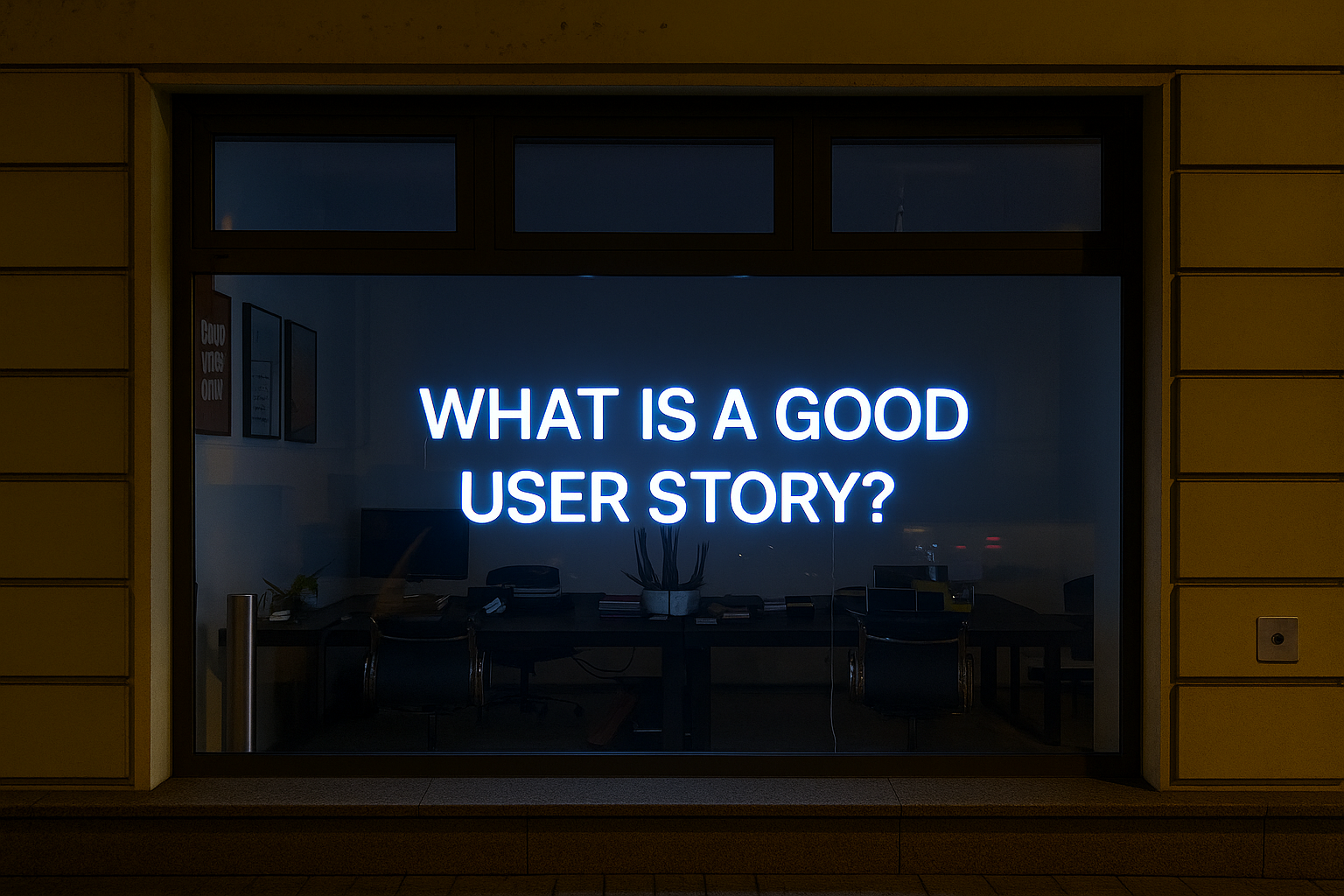
Five Ways to Write Good User Stories (Including Examples)

What Is Agile Really Like?